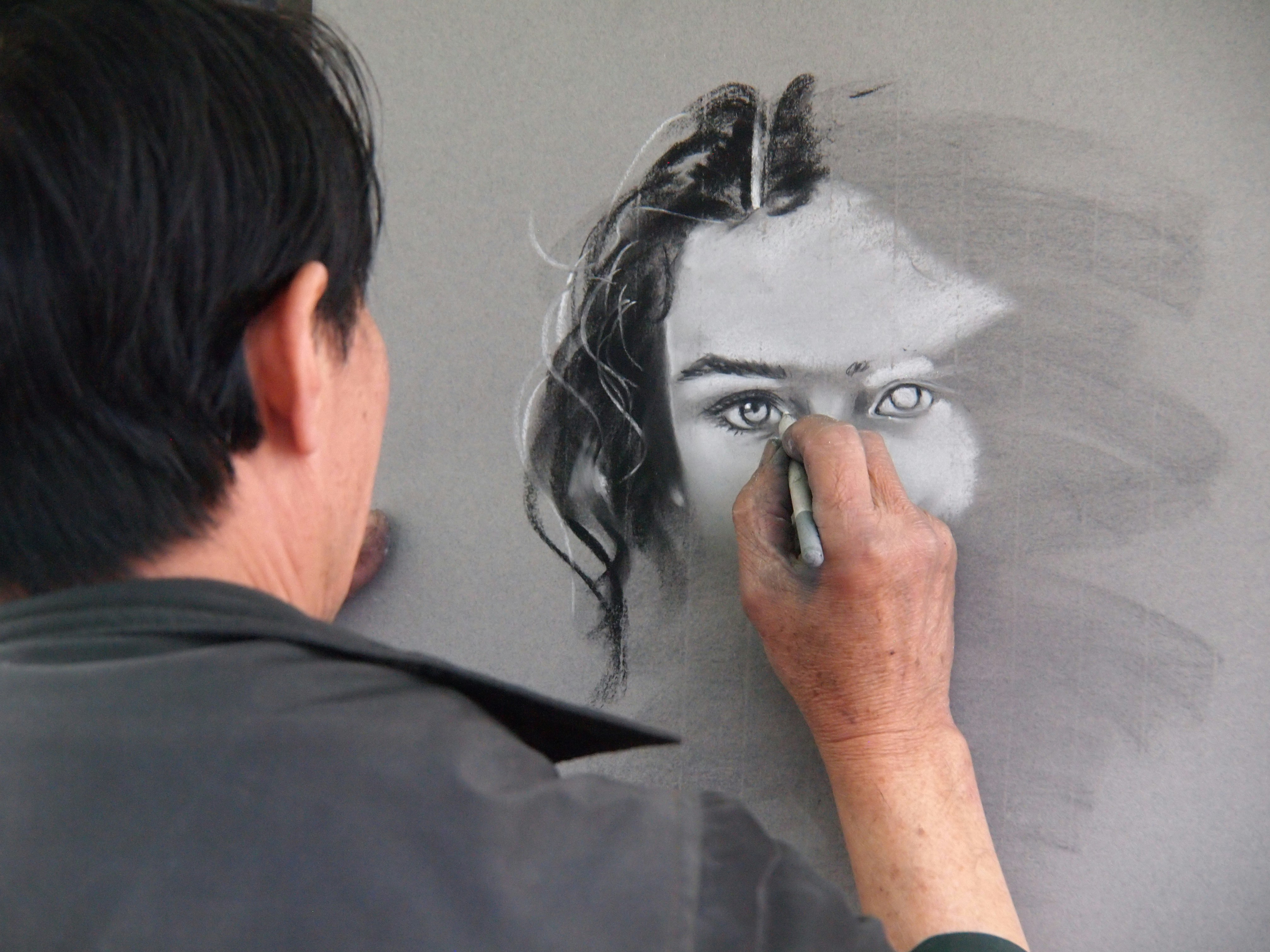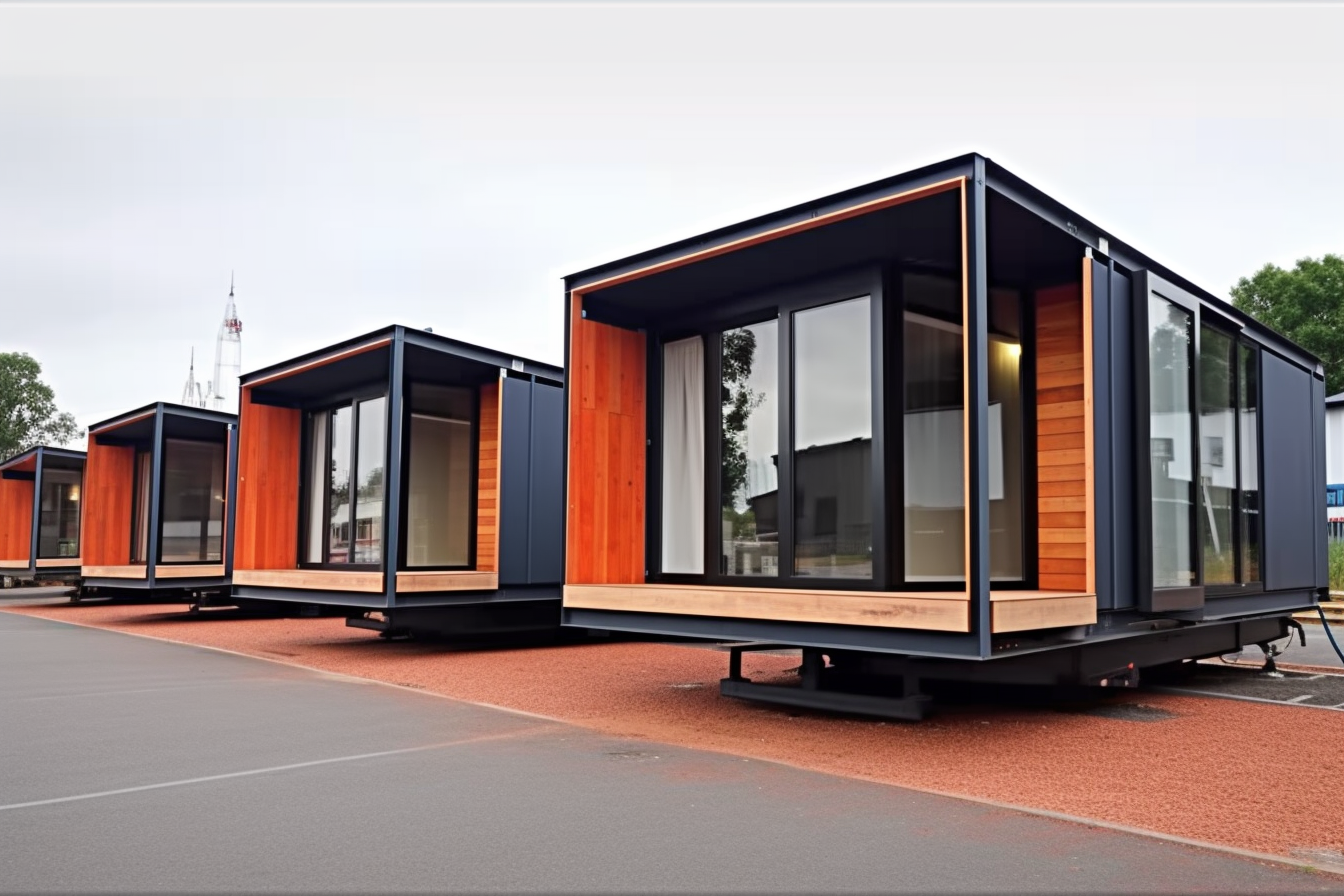Digital Brushstrokes: The Ascend of AI in Contemporary Art
Introduction: In a world where technology permeates every facet of our lives, it's no surprise that the art world is also feeling its impact. This article delves into the intriguing rise of artificial intelligence (AI) in contemporary art, tracing its roots and revealing its significance in today's creative landscape.

AI in Art: A Historical Overview
The use of AI in art is not a new phenomenon. As early as the 1960s, artists and computer scientists began exploring the potential of AI and machine learning in creating art. Pioneers like Harold Cohen and his AARON program, which utilized algorithms to generate original art, laid the groundwork for the AI-art movement we see today. However, it wasn’t until the explosion of deep learning technologies in the mid-2010s that AI truly began to influence the field of art in profound ways.
The Contemporary AI-Art Boom
Today, AI has become a powerful tool for artists, enabling them to push the boundaries of their creativity in unprecedented ways. From AI-generated portraits selling for exorbitant amounts at Christie’s auction house to AI-powered installations in prestigious museums, the AI-art movement is gaining significant traction. Leading this wave are artists like Mario Klingemann, Anna Ridler, and Refik Anadol, all of who are harnessing the power of AI to create captivating, thought-provoking works of art.
Relevance in Today’s Artistic Landscape
The integration of AI in art is more than just a passing fad—it’s a reflection of the society we live in. As we become increasingly reliant on technology, it’s only natural that it finds its way into our creative expressions. AI-art serves as a mirror to our digital age, exploring themes of data privacy, human-machine relationships, and the nature of creativity itself.
The Impact and Reception of AI-Art
The rise of AI-art has not been without controversy. Critics argue that art created by AI lacks the emotional depth and intent inherent in human-created art. However, others believe that AI can enhance human creativity, rather than replace it. It’s important to note that in AI-art, the machine is not the sole creator—the artist’s vision guides the AI, which then executes the artwork. Therefore, AI-art can be seen as a collaboration between human and machine.
A Glimpse Into the Future of AI-Art
As AI technology continues to evolve, so will its influence on art. We can expect to see more sophisticated AI-artworks, blurring the lines between human and machine creativity even further. Additionally, AI could democratize the art world by making the creation process accessible to those without traditional artistic skills. However, this also raises questions about authorship and originality, which will continue to fuel debates in the art world.
In conclusion, the rise of AI in contemporary art is a fascinating trend, reflecting our society’s increasing intertwinement with technology. As we move forward, it will be intriguing to see how artists continue to utilize AI, pushing the boundaries of creativity in the digital age.




